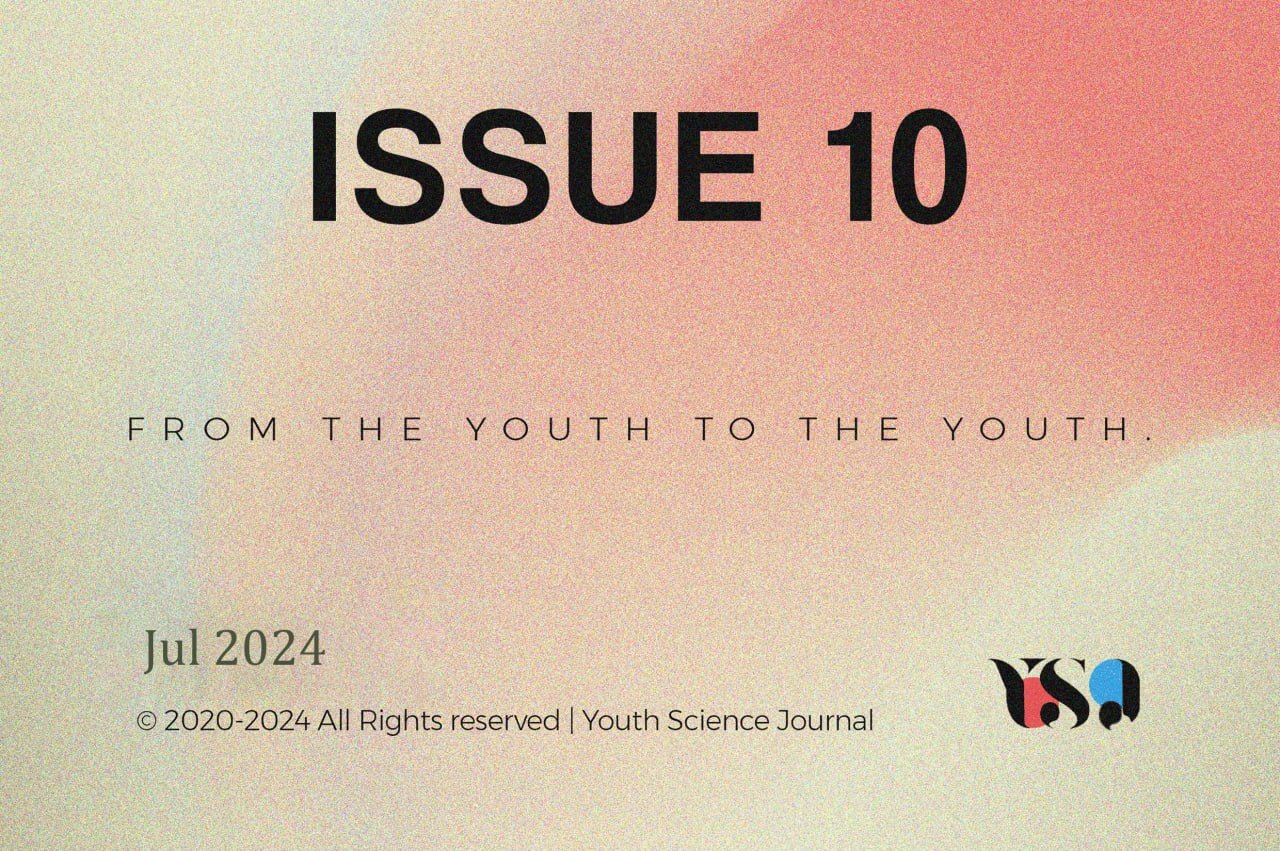Abstract
The new and emerging field of quantum computing harnesses the understanding of the complex dynamics of quantum systems, promising to advance and revolutionize scientific fields that can be applied in our world. However, realizing this potential currently faces its challenges: scaling error-corrected qubits, parameter spaces, and efficiently compiling quantum circuits given hardware constraints. This paper reviews techniques to address these obstacles by integrating automatically differentiable quantum circuits (ADQCs) with tensor networks (TN) to enable reverse-mode automatic differentiation for efficient optimization. We propose applying this ADQC-TN framework to the 2D Hubbard model, which is a foundational model of strongly correlated electron systems exhibiting rich phase diagrams, including unconventional superconductivity. This framework can elucidate detailed mechanisms, such as how dopant atoms influence superconducting electron pairing, by training the model’s hopping, interaction, chemical potential, and other parameters on experimental measurements. Robust optimization represents a pivotal bridge between quantum computing and experimental condensed matter physics to advance quantum-based materials modeling and discovery, which has already seen success from the extension of the ground state of quantum lattice models with low fidelities. Successfully trained Hubbard models could facilitate the analysis and understanding of the effects of parameter-tuning and the potential of defects on superconductivity that can aid in other future modeling discoveries through bridging the gap between quantum computing and physical engineering.

